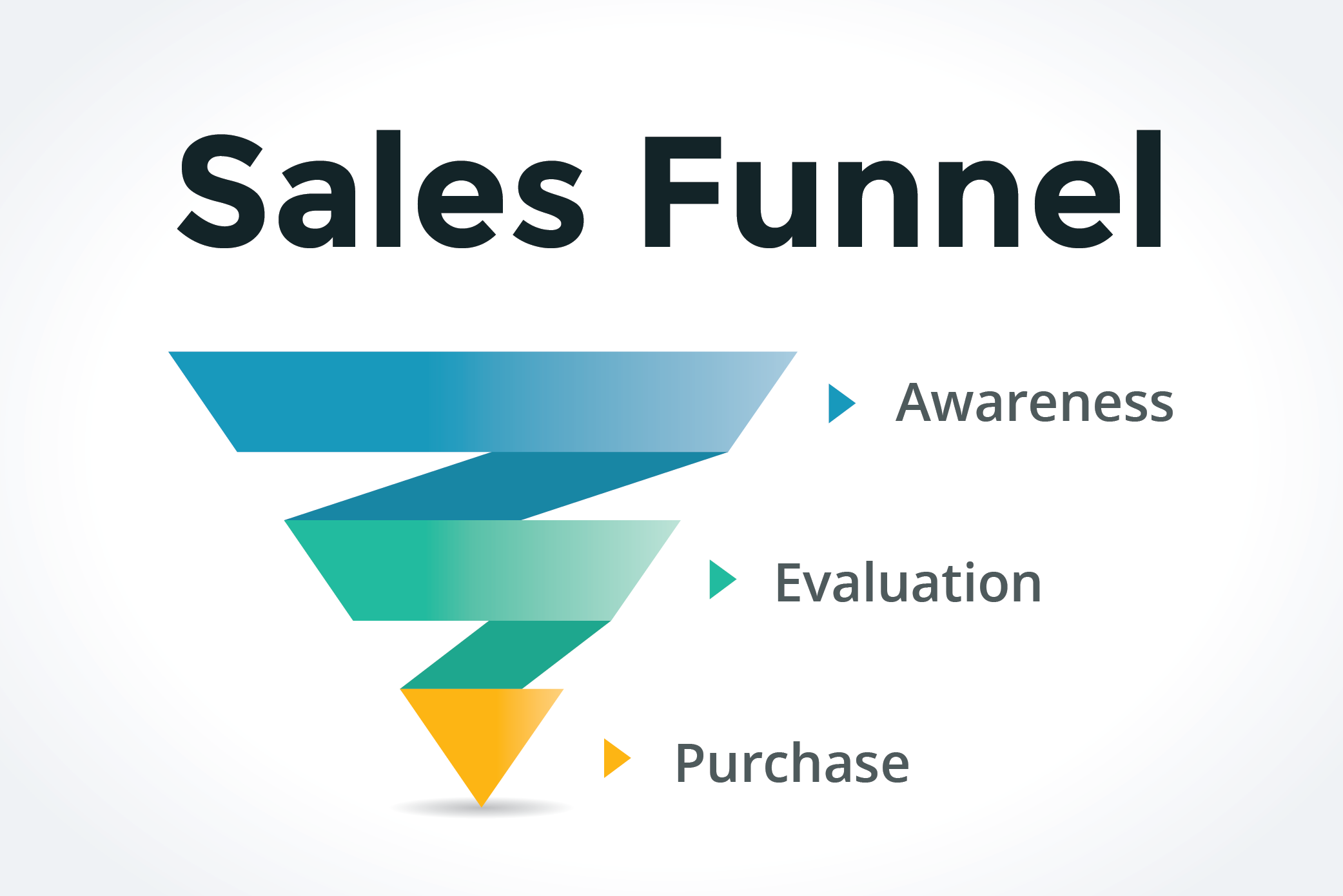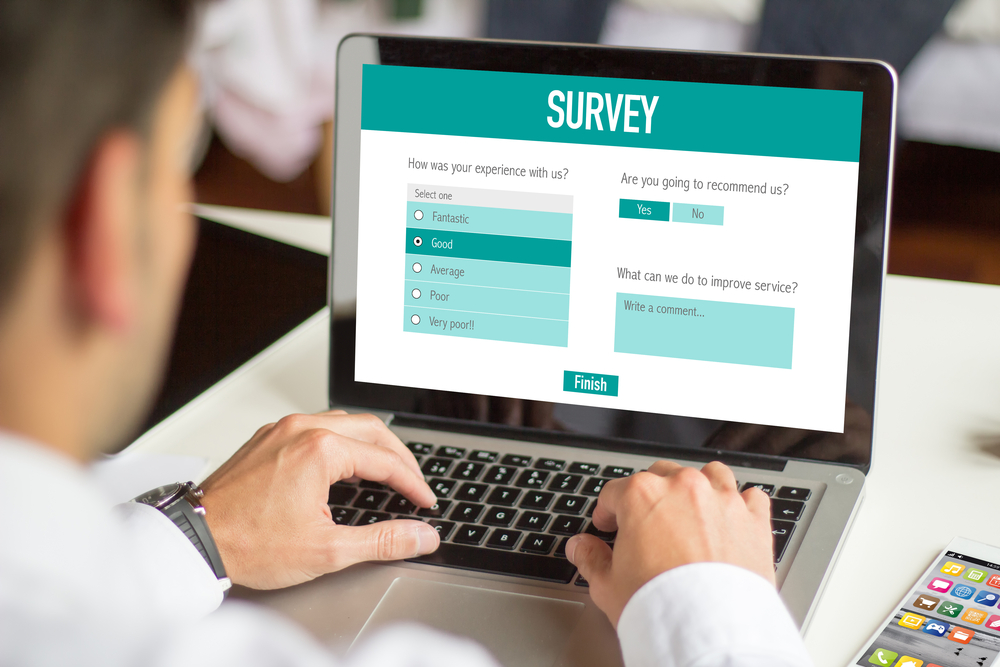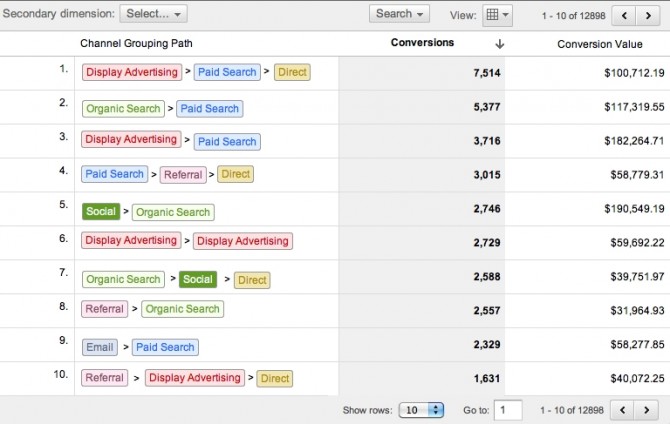You know it’s important.
You know you should be creating content specifically designed to move people from that “just browsing” stage through the sales funnel to the point where they become buyers and customers. But how many of us actually do it? How many of us intentionally build this into our content strategy?
Shh, it’s OK. We know. This post has answers.
It focuses less on how to create a modern sales funnel (if you need help with that, read this article from Entrepreneur) and instead features ideas about how your content can successfully move potential customers through a modern purchasing journey.
What is a purchasing funnel?
A purchasing funnel, also called a sales funnel, purchasing journey or purchasing pipeline, is a visual representation of the sales process. It’s wide at the top, during the stage where potential customers are completely unaware or only slightly interested in your product or service, and narrows down as they turn into loyal, paying customers. Here’s a simple sales funnel:
In this infographic from Signal, you’ll find a version that leads potential customers through the purchasing journey using “the three C’s” — create, calibrate and capture.
The best kind of sales funnels are the ones that communicate and nurture current leads into customers. Your content — your blog posts, ebooks and whitepapers, infographics, email blasts, social media campaigns, giveaways and more — is an important part of that process.
According to a video by Adroll, only 2 percent of customers push the “buy” button on their first visit to a company’s website, while 65 percent of potential buyers begin the purchasing journey using their smartphone. So it’s your job as a content marketer to determine the differences between the various types of customers and leads and then address them accordingly. How do you go about doing that exactly?
Know your customers’ problems
The first step is to know and understand your readers’ problems. Collect data that’s pertinent to their situation, and then you can craft content that directly relates to them and their needs.
Start by talking to your marketing and SEO colleagues. What are people searching for? Speak to your social media pros and ask to see their stats, spreadsheets and other information about customer profiles. Then, start directly collecting data by following these next steps.
Send out a reader survey
The easiest way to identify your customers’ problems is to simply ask them. Craft a survey and send it out your current list of customers. Ask specific questions about their needs. Kissmetrics offers a great guide on how to create a survey that reveals what customers need.
Don’t forget to include a question in your reader survey about how people prefer to learn material or find information they’re looking for. Do they want to read a blog post, watch a video or listen to a podcast? The way in which you deliver the educational content is just as important as the content itself.
Surveys can also help content marketers determine specifics like:
- Age, sex and location
- Interests and hobbies
- Types of devices and browsers used
- Ideas for improving design or branding
Finally, offer options and ideas for new features or tools that may be the kind of solutions they’re looking for.
Pay attention to social media and email
Look at your social pages, your competitors’ pages and the ones pertinent to your industry. What questions are people consistently asking? Which topics keep coming up over and over? These can become the baseline to which you craft helpful content that will engage them to become a qualified lead.
Check with the social media manager and request information about relevant Twitter chats or Facebook groups. Ask customer service reps about the topics and questions they most commonly receive. You can use this information to help you customize your newsletter and blog content, populate your Frequently Asked Questions section and promote related content.
Review traffic analytics and search results
Another way to craft content that directly relates to prospects and their needs: Review the traffic analytics and search results of your company’s blog or website.
Which pages are the most visited? What kind of devices are they using? What links did they click on, or what email list did they sign up for? Did some calls-to-action work better than others? Why? Finding the answers to these questions will help you map out high-converting content to move people through the sales funnel.
Google Analytics has a built-in tool called Multi-Channel Functions that details which conversions had assists before the final click of the purchase button. And this information can be captured within your account for a month, or longer, before a potential customer makes the sale. Here’s a screenshot of this tool in action:
Now, work this information into your content strategy
Take what you’ve learned and create content around the information. It’s an industry truth that customers will respond to content marketing efforts. In fact, according to Aberdeen research, conversion rates are almost six times higher for content marketing adopters than non-adopters (2.9 percent vs .5 percent).
Types of content to create include:
- Blog posts that contain actionable advice and initiate conversation
- Content assets such as ebooks, whitepapers, checklists, cheat sheets and worksheets
- Follow-up autoresponder sequences that are segmented into specific interests
- Social media campaigns and giveaways
- Regular email newsletters
- Webinars and video trainings so leads can understand your product
These types of content will help make potential customers aware of your product/service and consider the business a viable solution to their problems.
Build trust and give results
Instead of the traditional “asking for the sale” advice, think of your final step in the purchasing funnel as a way to build trust with your readers by offering products and services that directly solve their problems. Offer qualified leads and current customers membership or loyalty programs, discounts and customer-only specials that reward them for being part of the community. You want to incentivize them to continue being a customer, while encouraging them to spread the word about your awesome product or service.
The goal is to build trust with people as they move through the purchasing funnel by offering them access to you, customer service reps and owners of the company. Make them feel like they’re an integral part of your business. Creating content that moves people through the purchasing journey is about understanding your customer and their needs and building the trust that helps solve problems.









